Please allow 7 working days to process before shipping
Unstructured Hat - Color: Orange - Buckled Closer
100% Bio-washed Chino Twill
Size 6 5/8" - 7 3/8"

The founding of the Woman's Building in Los Angeles in 1973 was the culmination of several years of activity by women artists who were energized by the feminist movement in this country. This activity included protests of major museums for their exclusion of women artists, the opening of gallery spaces dedicated to the work of women, the founding of the first feminist art education programs (in 1970, by Judy Chicago at Fresno State College and in 1971 by Judy Chicago and Miriam Schapiro at California Institute of the Arts), and the first large scale public feminist art installation, Womanhouse.

In 1973, artist Judy Chicago, graphic designer Sheila Levrant de Bretteville, and art historian Arlene Raven founded the first independent school for women artists, the Feminist Studio Workshop. The FSW focused not only on the development of art making skills (in visual arts, writing, performance art, video, graphic design and the printing arts), but also on the development of women's identity and sensibility, and the translation of these elements into their artwork. Central to the founders' vision was the idea that the arts should not be separated from other activities of the burgeoning women's community, and the three looked for a site for their school that could also be shared with other organizations and enterprises.

The Woman's Building took its name and inspiration from a structure built by Sophia Hayden for the 1893 Columbian Exposition in Chicago to house exhibitions of cultural works by women from around the world. When the Woman's Building first opened in 1973, it occupied the site of the old Chouinard Art Institute near MacArthur Park. Hundreds of women came from across the United States (and from as far away as Canada, Mexico, Holland and Switzerland) to attend the FSW. The facility was also home to galleries, theater companies, Sisterhood Bookstore, Womantours Travel Agency, a coffeehouse, and the offices of the National Organization for Women.
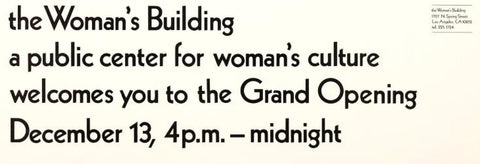
In 1975, the Woman's Building moved to a building on North Spring Street, near Chinatown. At that time, the organization began to generate its own programming, so the entire three floors of the reconverted warehouse were filled with artistic activities.
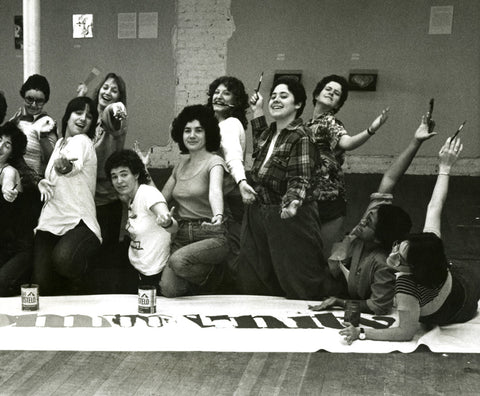

Two of the FSW’s most ambitious projects were the Lesbian Art Project (LAP) and the Great American Lesbian Art Project (GALAS). Arlene Raven, one of FSW’s co-founders, spearheaded LAP with writer and performer Terry Wolverton. Composed of workshops, performance pieces, and exhibitions, LAP sought to challenge common portrayals or misconceptions of lesbian culture and to elevate the contributions of lesbians to art history. The project lasted from 1977 to 1979. One of LAP’s most significant works was “An Oral Herstory of Lesbianism,” written and directed by Wolverton. The 13-member performance took place at The Woman’s Building in 1979 and featured a series of vignettes exploring lesbian experiences and struggles.
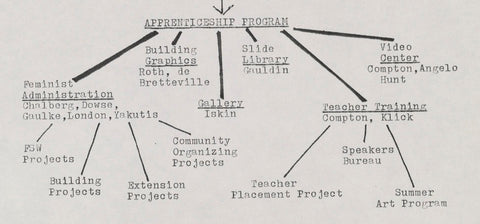

Under GALAS, students and staff of the FSW examined the current state of lesbian art across the United States. The group held both formal and underground exhibitions throughout the country in 1980. GALAS stood in contrast to other projects in that its curators directly confronted issues of race and exclusion within the queer and feminist art movements. Reflecting racial and economic dynamics in the 1970s and ’80s, women of color were largely left out of institutional activities and conversations in the art world. Through alliances with other artists and nonprofits, the project exceeded its original scope by bringing greater recognition to the experiences of lesbians of color. The Women’s Building itself grappled with ongoing questions about inclusion and attempted, with varying degrees of success, to address diversity issues through its programming and leadership.

In addition to LAP and GALAS, the Woman’s Building nurtured performance art groups such as The Waitresses, Sisters of Survival, and Feminist Art Workers. The space also housed a vibrant literary scene through its Writing Series, which featured celebrated feminist writers such as Audre Lorde, Deena Metzger, and Adrienne Rich. The FSW ended its programming in 1981, as demand dwindled for alternative educational institutions. The Woman’s Building continued to operate as a gallery and performance space, and studios were rented out to local artists.

Looking back, the Woman’s Building, the institutions it housed, and the art it produced lie at the intersecting histories of second-wave feminism, postwar art, and the politics of queer feminism. For many female artists – lesbian, straight, and bisexual – the building served as a haven within the male-dominated art world, a place where women sought to develop an authentic voice.
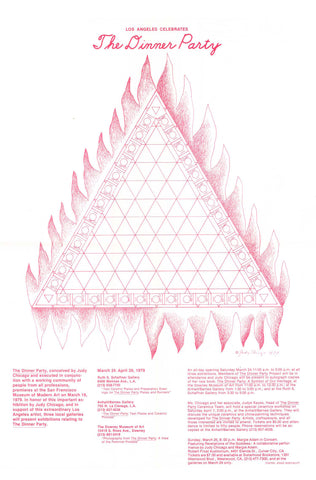
Perhaps even more significantly, it revealed a unique cultural exchange among lesbian, straight, and bisexual women in the context of second-wave feminism. The idea of a visible LGBTQ community did not yet exist, and many lesbians and bisexual women aligned themselves with the feminist movement as opposed to the male-centric gay liberation movement of the 1960s and ’70s.
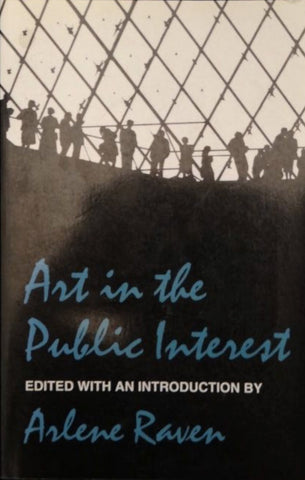
Though gay and bisexual men faced broad discrimination because of their sexual identities, queer women faced additional sex and gender-based inequities in educational settings, the workplace, and the healthcare and legal systems. At the Woman’s Building, women embraced and nurtured an arena of their own to negotiate the complexities of gender and sexual identity.
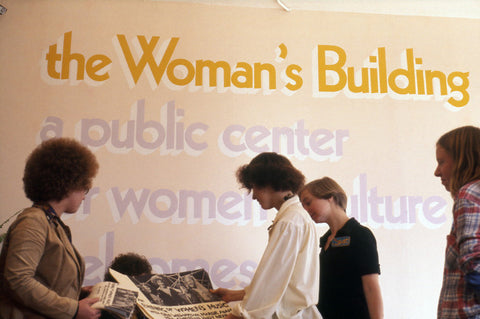
The Woman’s Building gave its artists a space in which to confront pressing social and cultural issues, often with provocative results. Its founders believed that art was directly connected to activism, and the organization strove to better support working women and women of color as it expanded in the 1980s. Ultimately, it achieved international acclaim for its commitment to the creative achievements of women, and its contributions to feminist and lesbian culture continue to echo around the art world.










